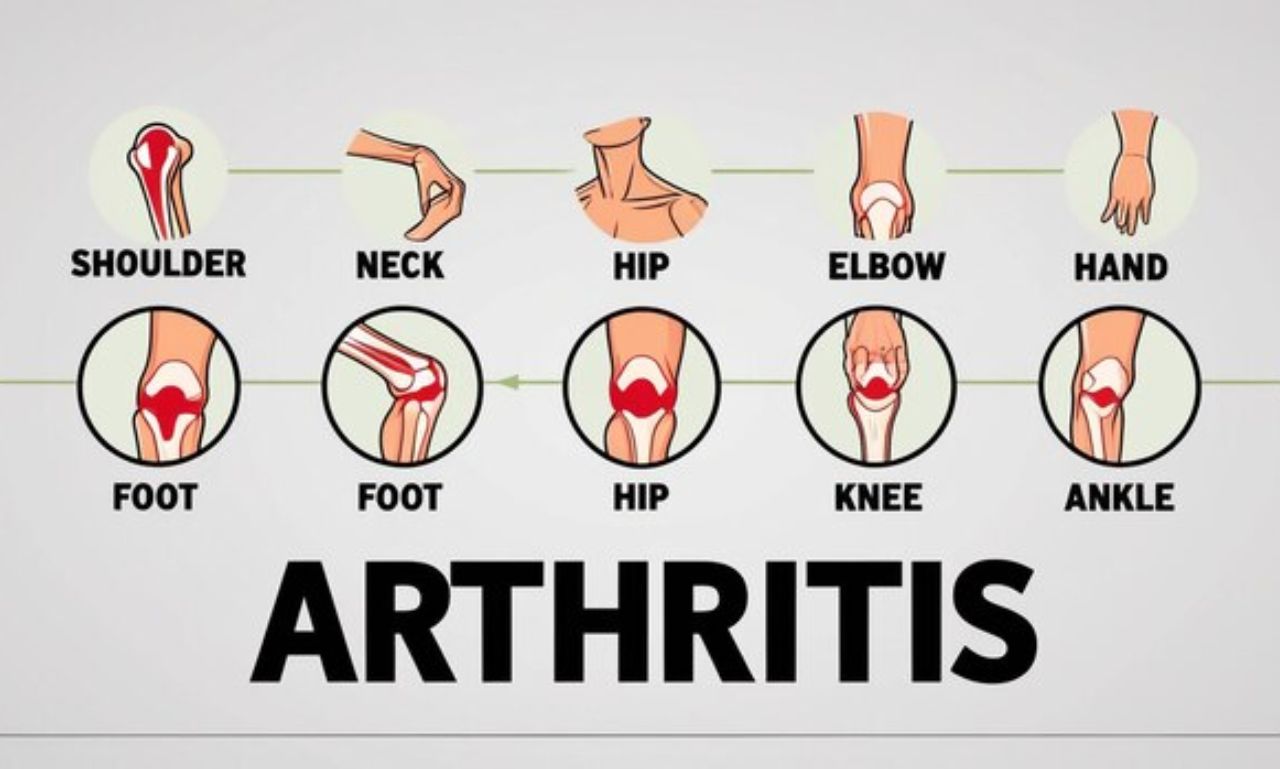Businesses are constantly looking for creative ways to close the gap between online and offline buying experiences in the quickly changing retail landscape of today. The idea of “web&store,” which seamlessly combines e-commerce platforms with actual shops, is one such innovative strategy. In addition to giving merchants the resources they need to effectively manage inventory, customer interaction, and sales across all channels, this connection guarantees a smooth, consistent, and interactive shopping experience for customers.
Understanding web&store
The term “Web&Store” describes a digital platform or service model that blends e-commerce features with website management. In addition to functionality designed for online retail, including as product catalogs, shopping carts, payment gateways, and customer relationship management (CRM) systems, these platforms provide tools for creating and maintaining websites. This connection enables companies to align their online and offline presences, giving consumers a consistent brand experience.
Key Features of web&store Platforms
1-Omnichannel Integration:
By allowing online stores and physical stores to be synchronized, web and retail platforms guarantee uniform product availability, pricing, and promotions across all channels. Customers may take use of services like click-and-collect, in-store returns for online purchases, and tailored suggestions based on interactions both online and offline thanks to this connection.
2-Smooth Inventory Management:
By guaranteeing product availability, real-time inventory updates on all platforms reduce stock inconsistencies and raise customer satisfaction. Businesses can effectively manage their inventory thanks to this function, which lowers the possibility of stockouts or overstocking.
3-AI-Powered Customer Insights:
Web&Store platforms use artificial intelligence to examine consumer behavior and offer insightful data. By using these insights, companies may better understand and anticipate consumer preferences, adjust their marketing tactics, and enhance the whole shopping experience.
4-Automated Marketing Tools:
By providing customers with tailored promos and suggestions, AI-powered marketing campaigns can boost conversions. Businesses may increase engagement and boost revenue by using automated solutions to reach the right audience at the right time.
5-Infrastructure that is both secure and scalable:
safeguarding client information is crucial. Web and store platforms guarantee client trust by providing safe infrastructures that adhere to data protection laws. These systems are also scalable, so companies can expand without worrying about system constraints.
6-User-Friendly Interface:
Customers and company owners can both easily browse the site thanks to an easy interface. This leads to a smooth shopping experience for consumers and simple product, order, and customer relationship administration for business owners.
Benefits of Implementing a web&store Strategy
1-Improved Customer Experience:
Companies offer flexibility and convenience by providing click-and-collect and in-store returns for online purchases, which increases customer happiness and loyalty.
2-Competitive advantage:
A well-executed Web&Store strategy can set a company apart from rivals that only use one channel in a crowded market. This integration demonstrates a brand’s flexibility and dedication to satisfying consumer demands.
3-Increased Sales:
Higher sales volumes can result from combining offline and online channels. Customers are more likely to finish transactions when they have more options for making purchases, which increases total revenue.
4-Automated Marketing Tools:
By providing customers with tailored promos and suggestions, AI-powered marketing campaigns can boost conversions. Businesses may increase engagement and boost revenue by using automated solutions to reach the right audience at the right time.
5-Infrastructure that is both secure and scalable:
safeguarding client information is crucial. Web and store platforms guarantee client trust by providing safe infrastructures that adhere to data protection laws. These systems are also scalable, so companies can expand without worrying about system constraints.
6-User-Friendly Interface:
Customers and company owners can both easily browse the site thanks to an easy interface. This leads to a smooth shopping experience for consumers and simple product, order, and customer relationship administration for business owners.
Benefits of Implementing a web&store Strategy
1-Improved Customer Experience:
Companies offer flexibility and convenience by providing click-and-collect and in-store returns for online purchases, which increases customer happiness and loyalty.
2-Competitive advantage:
A well-executed Web&Store strategy can set a company apart from rivals that only use one channel in a crowded market. This integration demonstrates a brand’s flexibility and dedication to satisfying consumer demands.
3-Increased Sales:
Higher sales volumes can result from combining offline and online channels. Customers are more likely to finish transactions when they have more options for making purchases, which increases total revenue.
4-Enhanced Operational Efficiency:
By streamlining processes and cutting down on errors and time, centralized administration of sales, inventory, and customer data improves operational efficiency. Businesses may concentrate on expansion and innovation because to this efficiency.
5-Data-Driven Decision Making:
Organizations can improve their product offerings, optimize marketing strategies, and make well-informed decisions by having access to extensive data from both online and offline sources.
Implementing a web&store Platform: Steps to Success
1-Evaluate Business Needs:
Ascertain your company’s particular needs while taking into account variables such as target market, product categories, and current sales channels.
2-Select the Appropriate Platform:
Choose a Web&Store platform that supports your company’s objectives and provides the capabilities you need for a smooth integration.
3-Integrate Systems:
To ensure seamless operations, make sure your current systems—such as CRM and inventory management—are compatible with the new platform.
4-Train Staff:
To optimize the new system’s capabilities and guarantee a consistent client experience, give staff members thorough training on how to use it.
5-Monitor and Optimize:
Examine performance indicators frequently to spot problem areas and modify plans of action accordingly.
Challenges and Considerations
Despite the significant advantages of a Web&Store approach, companies need to be aware of the following possible drawbacks:
- System Compatibility:
For a smooth integration, it is essential that all technological components function in unison.
- Data Security:
Adherence to data protection laws and strong security measures are necessary to safeguard consumer information.
- Customer Adoption:
Focused marketing and educational initiatives may be necessary to persuade consumers to use both online and offline channels.
- Cost Implications:
Setting up a Web&Store platform may need a large financial outlay. To make sure they are financially viable, businesses should perform a cost-benefit analysis.











